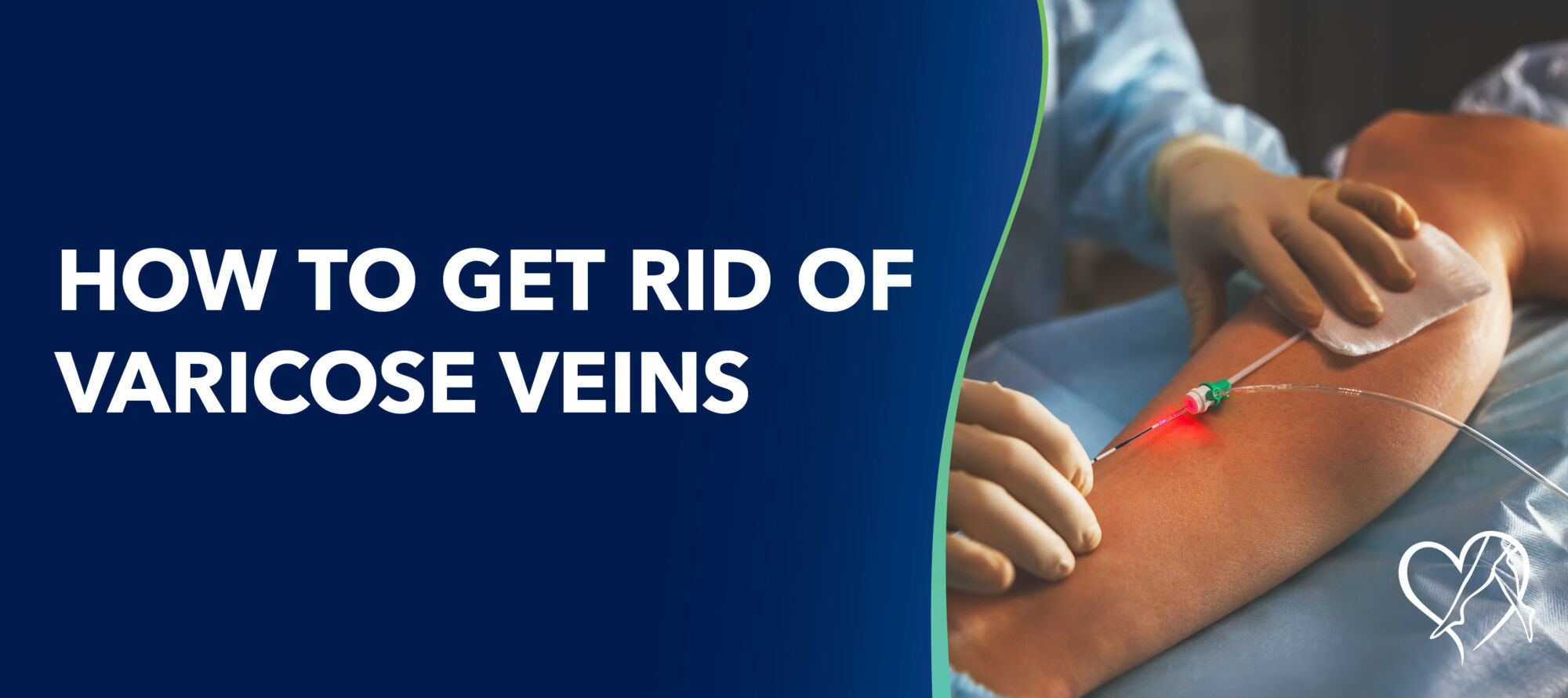

The blog emphasizes the importance of understanding and addressing lower leg pain, covering various potential causes and when to seek medical attention. It discusses common reasons for leg pain, including muscle strain, injury, overuse, and serious conditions such as deep vein thrombosis (DVT) and peripheral artery disease (PAD). The article provides a comprehensive guide on prevention and management, highlighting the significance of proper footwear, gradual activity increase, and vein treatment. It concludes by encouraging readers to consult healthcare professionals for accurate diagnosis and personalized treatment plans, particularly if lower leg pain persists or if varicose veins are suspected.

This blog underscores the link between family history and blood clots, highlighting genetic factors that increase risk. It offers information on risk factors, assessment, prevention, and treatments, with a specific focus on lower leg pain as an indicator. The article advocates proactive healthcare, urging those with a family history of blood clots to consult with healthcare providers for personalized risk assessments and preventive strategies.

Leg pain after receiving a flu shot is rare but may be linked to underlying vein disease. While most individuals experience no significant issues after the flu shot, those with pre-existing venous conditions should be aware of the potential symptoms of vein disease.

This blog explores lymphedema, a chronic condition characterized by the accumulation of protein-rich lymphatic fluid in the body, leading to swelling and potential skin and tissue changes. This swelling can occur in various parts of the body, including the arms, legs, genitals, face, and neck. While there is no cure for lymphedema, meticulous treatment and preventive measures can help alleviate symptoms and slow or stop disease progression; therefore, long-term follow-up is essential to maintaining the health of your legs.

In this blog, we explore venous stasis ulcers, also known as venous leg ulcers, which are a common and painful medical condition affecting a significant number of individuals worldwide. Chronic venous insufficiency (CVI) is a major cause of these ulcers, accounting for approximately 70% of cases among individuals aged 18–64. These ulcers are often associated with venous disease.

In this blog, we simplify the complexities, shedding light on its causes, risks, and prevention of thrombophlebitis. Thrombophlebitis is an inflammation leading to vein clots that occur mostly in the legs. Recognizing symptoms of thrombophlebitis, such as pain, redness, and swelling, is crucial for timely medical intervention.

Achieve healthier legs with venous ablation. Learn from Dr. Mohamed T. Hassan, a board-certified specialist at Center for Vein Restoration about this minimally invasive office-based procedure--from immediate aftercare to long-term results. Discover how this treatment improves vein health and functionality, paving the way for a pain-free, confident life.

Chronic venous insufficiency (CVI) pertains to a long-term condition where the leg veins, including both spider veins and varicose veins, experience inadequate blood flow. Addressing this condition involves exploring various treatment options tailored to alleviate symptoms and enhance vascular health.